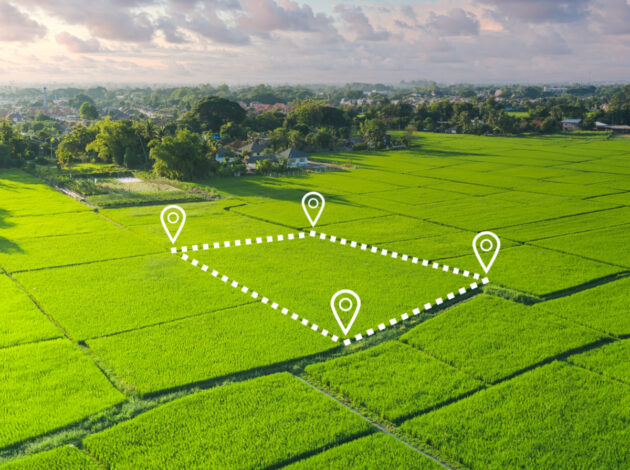Among the very largest numbers produced by the ONS are the financial estimates of the value of the UK itself – its physical assets, and, perhaps most fundamentally, the value of the land beneath our feet. In this post Marianthi Dunn explains how the ONS is improving the measurement of land value – and why it matters.
On a global level, understanding our economic dependency on natural resources such as land has never been more important in determining our future sustainability.
Our best estimate of the total net financial value of the United Kingdom is to be found in the National Balance Sheet. According to the most recent data, it comes to a not inconsiderable £10.7 trillion.
Within this total, land has consistently been the largest element. Estimated at £6.3 trillion, it accounts for nearly three-fifths of the UK’s net worth, with households owning £4.3 trillion of that.
This makes a vital contribution to households being the wealthiest sector of the country, outpacing government and corporations. Being owners of land and housing is the main source of household wealth.
Measuring these very large numbers coherently against a fast-changing structure of the economy has never been more important. The dramatic changes we saw in the economy during the coronavirus (COVID-19) pandemic became the catalyst for us to stop and think about how we estimate such a valuable asset in the economy.
What determines the value of land?
So, what really determines the value of land? International guidance defines land as an ‘economic asset’. Land is a naturally occurring resource, which means we cannot ‘produce’ more land through the production process. It is a natural resource, which enables us to produce other goods and services such as forests and crops as well as other assets, such as buildings and houses.
It is the ground (including the soil and surface waters) for which ownership rights can be enforced and which economic benefits can be derived for their owners by holding, using or allowing others to use them.
In 2015 an international Task Force on land collected information from 20 OECD and EU countries on how they valued land in the national accounts. The complexities of valuing land – particularly when it is underneath dwellings, buildings, and structures – poses complex challenges.
In the UK we currently use the ‘residual method’ to estimate the value of land, using real estate values of properties (which reflect the combined price of the land and the building) and deducting the value of the buildings to derive the value of land residually. This is a common method used to value land under buildings and structures across many countries. Running statistical surveys on land can be quite costly, burdening contributors. Therefore, our main data sources are price indices, administrative sources, and company accounts.
New improvements
With recent innovations in the way we source and store administrative statistics we have successfully identified more up-to-date data sources, with improved coverage from the Valuation Office Agency (VOA) and Land Registry, helping us improve the quality and coverage of these estimates.
We are improving our estimates on the value of land under dwellings by utilising property attributes from the VOA, such as the number of bedrooms, the post code location of houses and whether they are new or old built to better estimate current market values.
We are also improving our estimates on the value of land under other buildings, using data from the Land Registry, sales transactions and mapping these with VOA data.
These improvements have the added advantage of enabling us to publish breakdowns on the value of land by use – for example, that which underlies dwellings, buildings, agricultural and forestry land.
Keeping in touch with our users and understanding how their needs are transforming is very important to us. We welcome the opportunity to discuss our work with you and hear your views. Please contact us on capstocks@ons.gov.uk for further information.
Marianthi Dunn is head of the Capital Stocks and National Balance Sheet branch at the ONS.
